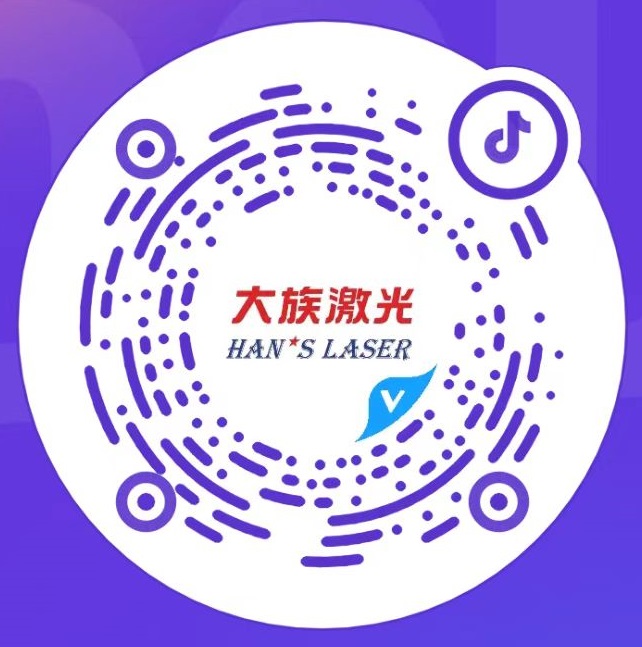Application of Laser Technology in Semiconductor Wafer Slicing Process
Slicing is the process of dividing a semiconductor wafer into individual chips, usually carried out after the wafer has completed the previous process and electrical performance testing. As the first step in semiconductor packaging, the quality of slicing will directly affect the final reliability of the packaged product.
Laser cutting can effectively avoid the problem of grinding wheel cracking. This article will mainly discuss the two main cutting methods currently used: laser invisible cutting and laser ablation cutting.
Invisible laser cutting technology
Invisible cutting technology is a technique that focuses a semi-transparent wavelength laser beam on the inside of a wafer through an optical focusing lens, forming a starting point for segmentation inside the wafer, which is a modified layer. Then, external forces are applied to the wafer to divide it into independent chips. Therefore, invisible cutting technology generally includes two processes: laser cutting and chip separation.
Laser cutting process is based on the different processing materials, selecting the corresponding wavelength of laser through a specific optical path, focusing on the inside of the wafer to form a modified layer. At the same time, this modified layer forms cracks that extend towards the front and back surfaces of the wafer. For a certain thickness of wafer, the laser needs to be focused multiple times at different focal depths on the inside of the wafer for scanning, so that the modified layers are connected to each other, ultimately forming a suitable overall modified layer for segmentation. This is an important step in promoting chip separation.
Chip separation is the process of separating the modified layer from the surface and bottom of the wafer by applying external forces such as a wedge or directly expanding it, based on the formation of the modified layer.
Laser ablation cutting technology
Laser ablation cutting is the use of high-energy pulse laser, which is collimated and focused by an optical system to form a laser beam with high energy density and a beam spot size of only micrometers. It acts on the surface of the workpiece, causing local melting and gasification of the irradiated area, thereby removing the material between the scratches and ultimately achieving slotting or direct penetration.
At present, there are two main types of laser cutting technologies for semiconductor wafer cutting, namely laser invisible cutting and laser ablation cutting. Both technologies have their own characteristics and demonstrate advantages that traditional grinding wheel slicing cannot match. With the continuous development of laser technology and the maturity and improvement of related equipment, laser cutting will occupy a more dominant position in the field of semiconductor wafer cutting.
You can also draw inspiration by similar videos of Han’s Laser:
https://www.facebook.com/reel/725237809524743
https://www.youtube.com/watch?v=6KWyyUiEHnc
Source: The 13th Research Institute of China Electronics Technology Group Corporation
Laser cutting can effectively avoid the problem of grinding wheel cracking. This article will mainly discuss the two main cutting methods currently used: laser invisible cutting and laser ablation cutting.
Invisible laser cutting technology
Invisible cutting technology is a technique that focuses a semi-transparent wavelength laser beam on the inside of a wafer through an optical focusing lens, forming a starting point for segmentation inside the wafer, which is a modified layer. Then, external forces are applied to the wafer to divide it into independent chips. Therefore, invisible cutting technology generally includes two processes: laser cutting and chip separation.
Laser cutting process is based on the different processing materials, selecting the corresponding wavelength of laser through a specific optical path, focusing on the inside of the wafer to form a modified layer. At the same time, this modified layer forms cracks that extend towards the front and back surfaces of the wafer. For a certain thickness of wafer, the laser needs to be focused multiple times at different focal depths on the inside of the wafer for scanning, so that the modified layers are connected to each other, ultimately forming a suitable overall modified layer for segmentation. This is an important step in promoting chip separation.
Chip separation is the process of separating the modified layer from the surface and bottom of the wafer by applying external forces such as a wedge or directly expanding it, based on the formation of the modified layer.
Laser ablation cutting technology
Laser ablation cutting is the use of high-energy pulse laser, which is collimated and focused by an optical system to form a laser beam with high energy density and a beam spot size of only micrometers. It acts on the surface of the workpiece, causing local melting and gasification of the irradiated area, thereby removing the material between the scratches and ultimately achieving slotting or direct penetration.
At present, there are two main types of laser cutting technologies for semiconductor wafer cutting, namely laser invisible cutting and laser ablation cutting. Both technologies have their own characteristics and demonstrate advantages that traditional grinding wheel slicing cannot match. With the continuous development of laser technology and the maturity and improvement of related equipment, laser cutting will occupy a more dominant position in the field of semiconductor wafer cutting.
You can also draw inspiration by similar videos of Han’s Laser:
https://www.facebook.com/reel/725237809524743
https://www.youtube.com/watch?v=6KWyyUiEHnc
Source: The 13th Research Institute of China Electronics Technology Group Corporation








